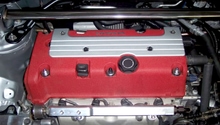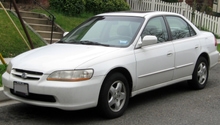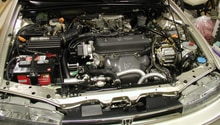Honda Accord: Why Does My Car Shut Off While I am Driving?
Your engine should keep running as you are driving, but sometimes it doesn't. When it suddenly dies, you must be ready to do more than pop the hood and stare blankly. This article will help you diagnose the common issues, so you can repair the problem.
This article applies to the Honda Accord (1990-2002).
If you don't understand the basics of engine theory, the fancy tools and diagnostic equipment won't help you find the problem with your engine. All piston engines need the same five things to run: air, fuel, ignition, timing and compression. Eliminating the problems with each of these key ingredients takes you a step closer to figuring out why your motor has suddenly quit on you. If there is an obvious problem, the following basic diagnostic procedures could make the difference between driving your Accord home and calling for a tow truck.

Materials Needed
- Fuel pressure gauge
- Spark tester
- Owner's manual
- Digital voltmeter
- OBD scan tool
- 10mm wrench
Step 1 – Test the electrical power
Modern cars use electronic systems that require power to operate. A sudden loss of power can shut down multiple systems at once. Begin your diagnosis by testing the power supply.
- Check the battery cables, and make sure their connections are tight.
- Make sure the grounding strap on your battery's negative (black) cable is properly secured.
- Look in the owner's manual or on the cover of the under-hood fuse box (see Figure 1), and check if the vehicle's main fuse (#15) has blown.
- If the fuse has blown, replace it.
- Test the voltage across the battery terminals with a voltmeter. If it is significantly lower than 12 volts, your charging system may have failed, and your engine has died as a result of weak voltage. Replace the battery if it does not have a high enough power output.
New fuses cost around $5, and the cost for a new battery runs upwards of $90. They are both easy to replace yourself.
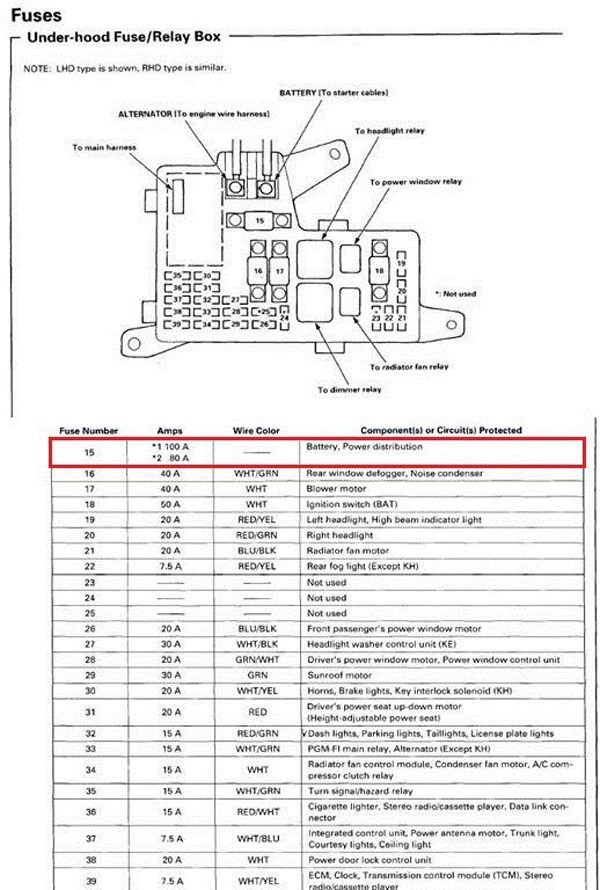
Figure 1. Honda Accord under-hood fuse box diagram. 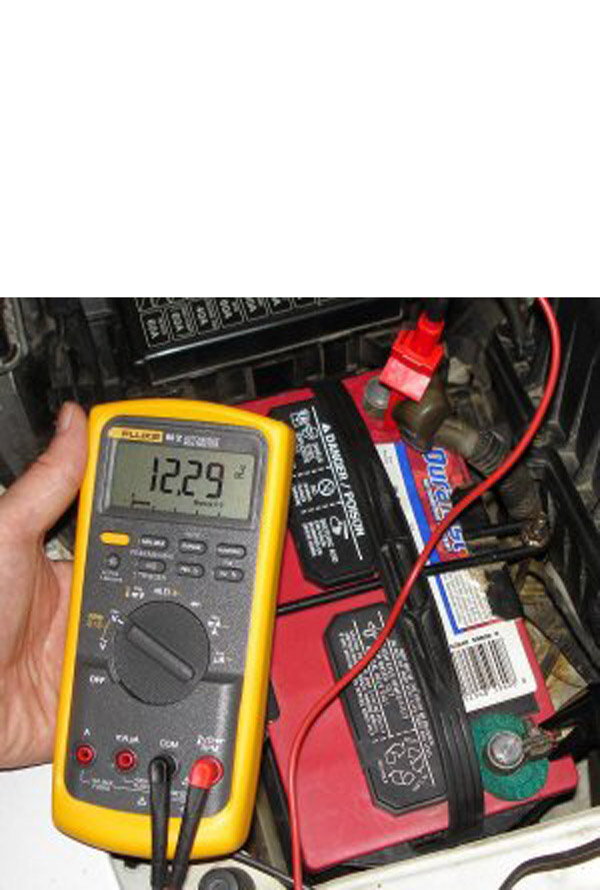
Figure 2. A strong battery will have greater than 12 volts.
If the main fuse isn't blown and the battery has a high enough voltage, move on to the next step.
Pro Tip
1997 to 1999 Accords have a known problem with their ignition switch, which causes your cluster to die at the same time your engine cuts out. This is likely a power supply problem, and the car will turn itself off sporadically. For these Accord model years, a recall is in effect. Contact a dealership to have the ignition switch replaced.
Step 2 – Test the air intake system
A clog in your air intake will choke the engine out. If you have driven through a large puddle of water or mud, extra material may have been sucked into your intake system causing the problem.
- Open the air intake chamber, and make sure there is no dirt or debris. Clean the air filter and chamber if it is necessary.
- Check for loose connectors and vacuum lines.
Testing the air intake system is an easy and simple process. Inspect this early on as the problem may be a cheap and easy fix.
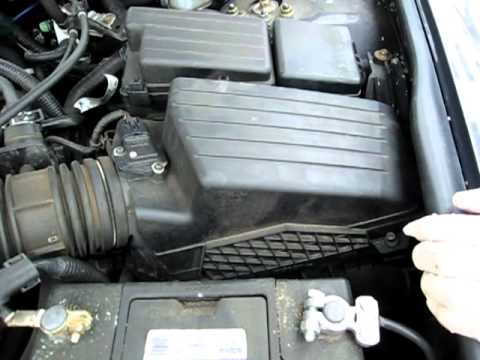
If your air intake system is clean and the hoses are properly sealed, move on to the next step.
Step 3 – Test the fuel system
When your fuel system is not supplying enough fuel to the injectors, your engine will die. Sudden loss of fuel pressure is a common source of engine stalling.
- Test the fuel pressure with your fuel pressure gauge. Compare the PSI reading to the proper PSI as indicated in your owner's manual.
- If the pressure is significantly lower, the problem could be within your fuel system or there is a leak in the fuel lines.
- If there is a loss of fuel pressure, look for the fuel pump fuse and make sure it is not blown. If so, replace it.
- A faulty fuel pump relay may also cause a loss of pressure. Swap it with a non-critical (all or nothing) relay of the same size as your horn or power window relay.
- Lastly, check the fuel pump. When you first cycle your ignition key, you should be able to hear your electric fuel pump turn on for a brief moment. It sounds like a short hum coming from the tank.
- Without activating the starter, cycle the key to listen for your fuel pump to make sure it is working.
Fuel pressure gauges run from $30 to $50. The cost for a new Honda Accord fuel pump runs from $70 to $100. It's a more difficult task to replace yourself, so having an automotive mechanic do the job starts at $300 for parts and labor.
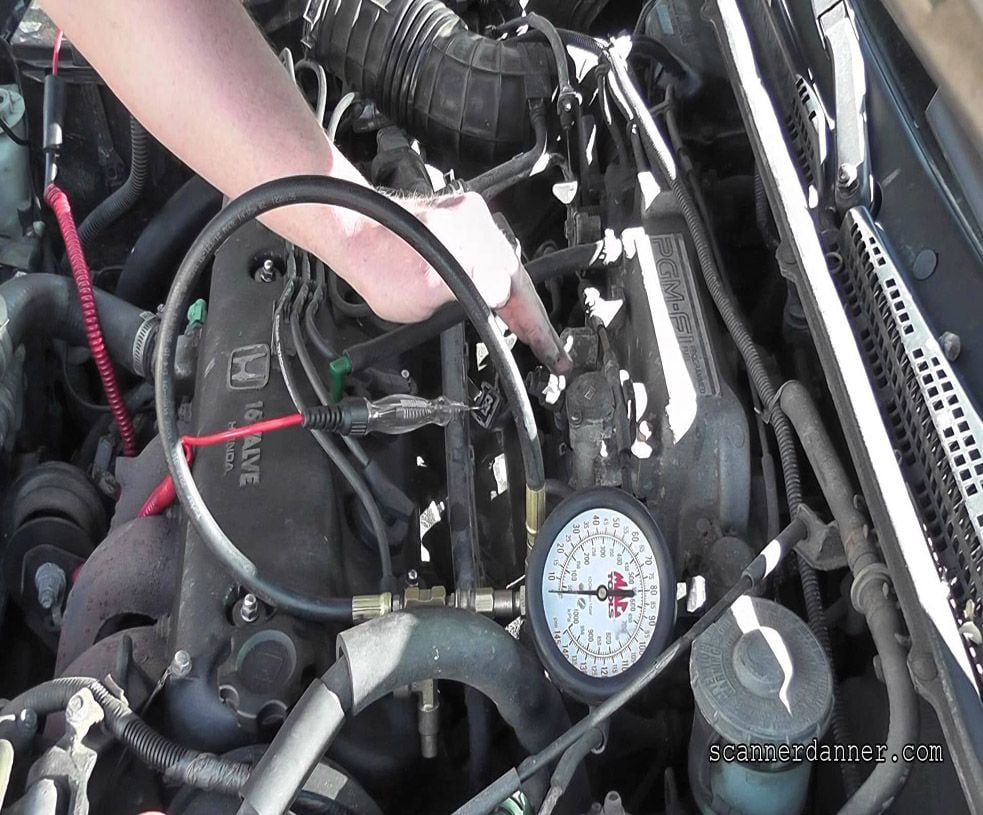
Figure 4. Modern fuel systems requires at least 30 PSI of pressure. 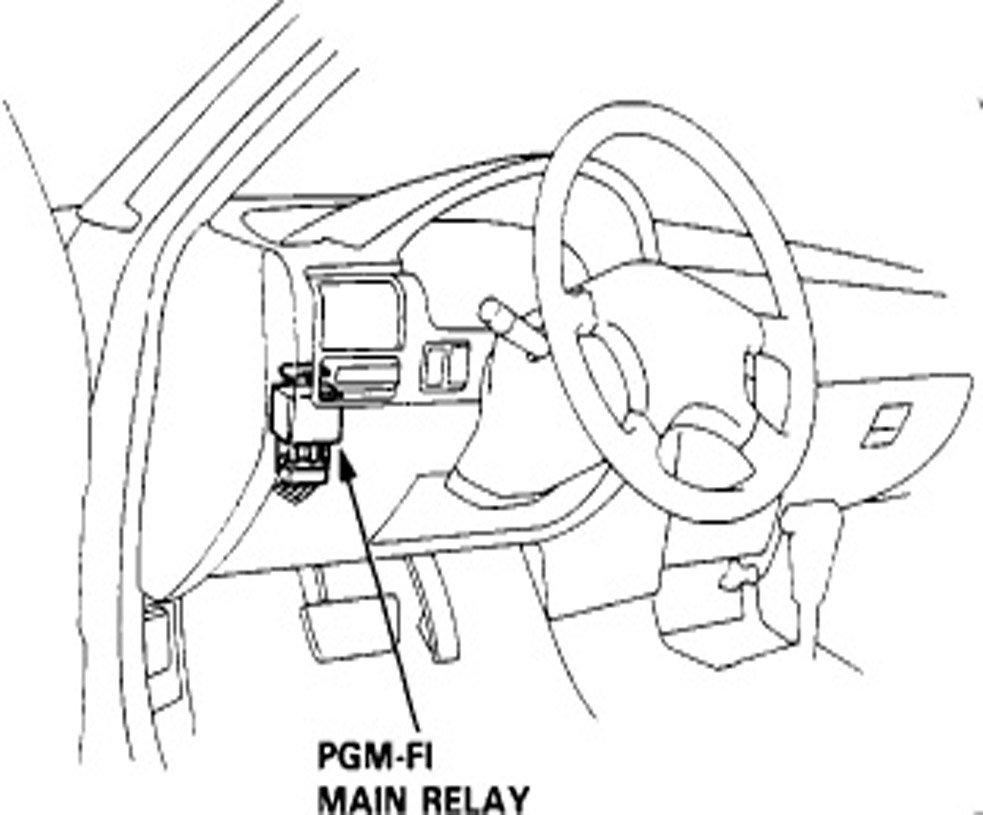
Figure 5. Location of fuel pump relay under the driver's side dash in Honda Accords. 
Figure 6. 1998 Honda Accord main relay, which feeds current to the fuel pump.
If the fuel pump is delivering enough pressure, move on to the next step.
Step 4 – Test for spark
A faulty ignition coil, cap, rotor, or wires can cause your engine to stall. Usually, a weak spark will manifest as a rough running condition, but it can also shut an engine down entirely.
- Use a spark plug tester to diagnose if the problem is caused by a spark plug misfire.
- Also, use the tester to check the spark plug lead. If there is no spark, the problem could be from the ignition system.
- Remove the cap of the distributor, and visually inspect the rotor as well as the contacts inside. Make sure they are in working condition, and not faulty.
A new spark tester costs around $8 and is an easy to use tool.
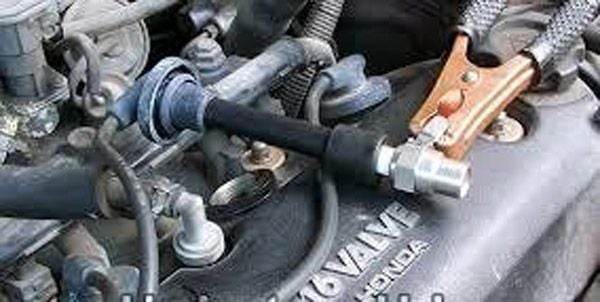
If the ignition is producing a spark in the engine, move on to the next step.
Step 5 – Check the timing
Problems with your car's timing are difficult to verify on the side of the road without proper test equipment. Your timing trigger is electronic, and the actual signal to fire the ignition coil comes from the engine control module (ECM). Problems with sensors or the ECM itself are the usual suspect.
- Visually inspect the wires and connectors of the distributor. Make sure they are properly fastened.
- Also, inspect the wiring and connector to the engine control module.
- Use an OBD scanner with live data capabilities, and check if the sensors are transmitting signals. Go to the live data screen to look for an RPM signal and a timing advance.
The cost for OBD scan tools starts at $20 and is a simple to use tool. A replacement ECM costs around $150.

If the connectors as well as the wires are properly fastened and in tact, move on to the next step.
Step 6 – Test the compression
Usually, an engine doesn't suddenly develop problems with its compression. It takes some time to damage the hard metal parts enough to completely shut a motor down. There is one exception to this rule. When a timing belt snaps, the engine no longer builds the compression it needs to run.
- Try to start the car, and listen to the sound it makes. If the tone is significantly different than the standard pulse you're used to, this may be an indication that the engine is no longer building compression.
- Remove the timing belt cover to inspect the gears. If the belt is missing or damaged, your engine may need some serious repairs.
The cost for parts and labor, if you have the timing belt components replaced at an auto shop, starts at $250. The parts alone, if you do it yourself, cost upwards of $100.
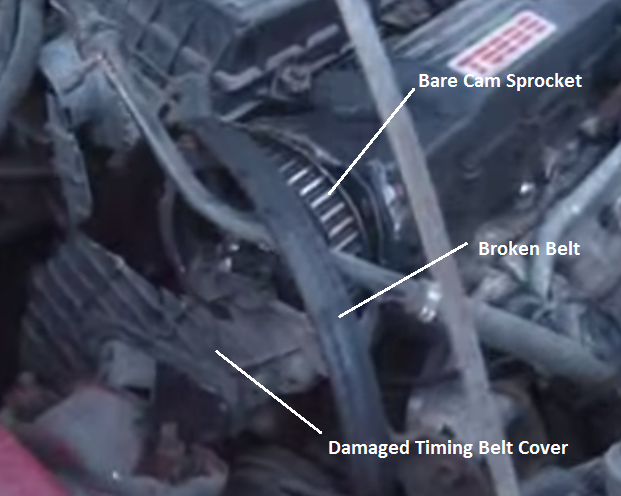
Related Discussions, and Video
- Accord 1999 Shuts Off While Driving - Honda-Tech.com
- Car Shuts Off Randomly While Driving - Honda-Tech.com
- How to Use a Spark Tester - YouTube.com


